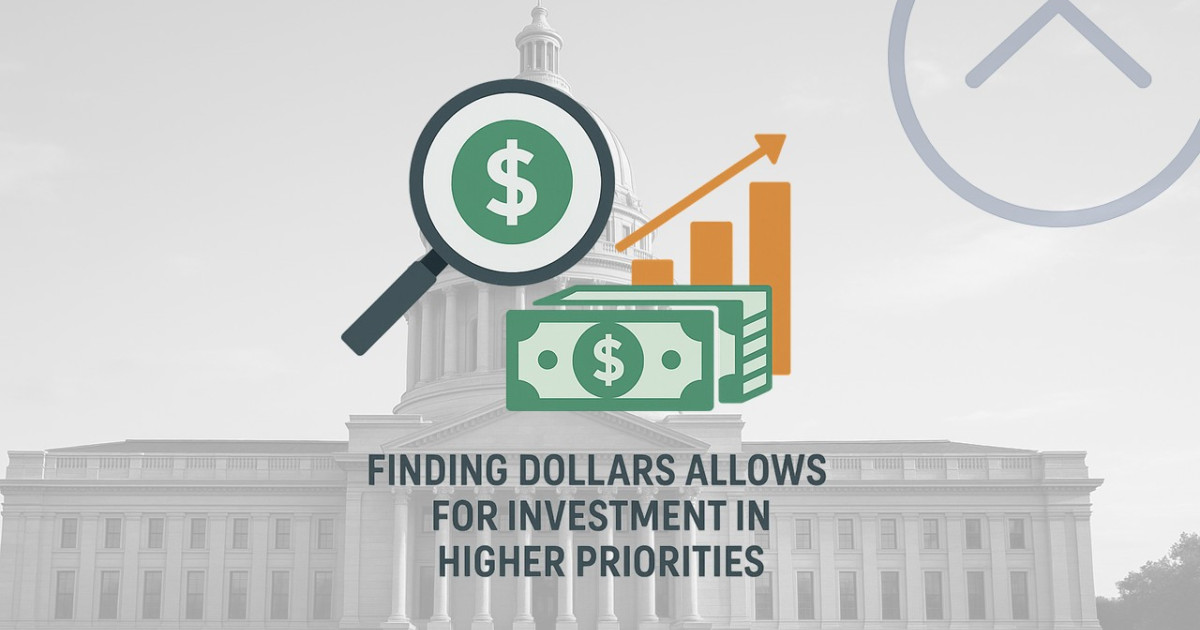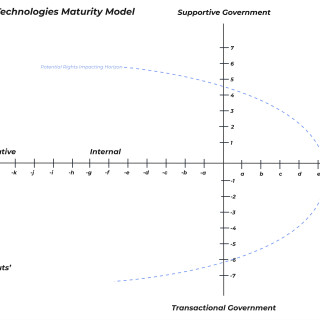Unlocking Budget Capacity: A ‘Right Now’ Priority in Government AI Adoption

Unlocking Budget Capacity: A ‘Right Now’ Priority in Government AI Adoption
Across the country, government leaders are having a new kind of conversation about artificial intelligence, one that goes beyond hype, fear, or futuristic speculation. The question is no longer if AI belongs in government, but how it can unlock the organizational capacity leaders desperately need right now.
The Real Meaning of “Unlocking Capacity”
When public sector executives talk about capacity, they aren’t referring to bandwidth in an abstract sense. They’re talking about something deeply human, the ability of our systems and teams to meet growing needs with limited resources.
For decades, state and local agencies have managed rising caseloads, expanding compliance requirements, and the risk of ever-shrinking budgets by asking more of the people already doing the work. That model has reached its limit. AI represents a way to rebalance the equation, not by replacing people, but by freeing them.
Unlocking capacity means giving caseworkers, analysts, and administrators back the hours lost to bureaucracy. It means using automation, intelligent data matching, and conversational interfaces to handle the repeatable, so humans can focus on the relational. It’s about redirecting budget from administration to impact.
It also sometimes means finding budget flexibilities that were previously unseen. For example, in government across the country, thousands of contracts are managed and monitored by a small group of staff without the tools or capacity to truly identify inefficiencies, duplications, or savings opportunities. AI can analyze and compare those contracts at scale, surfacing hidden trends, negotiating leverage, and budget optimizations that human teams alone could never uncover in time.
The Fiscal Reality Is Driving the Moment
Public sector leaders face a sobering financial landscape. Federal COVID-era flexibilities are winding down. State budgets are tightening. The cost of maintaining aging technology systems continues to rise even as they limit our ability to modernize.
At the same time, public expectations for digital service delivery and increasing demand for the services provided by government have never been higher. Citizens want experiences that feel personal, immediate, and efficient, just like the private sector.
This tension is driving a wave of innovation across agencies: how can AI and emerging technologies help leaders maintain service quality while redirecting dollars toward their highest priorities?
Closing Thought
Unlocking organizational capacity through AI isn’t about automation for its own sake. It’s about creating the margin, in time, budget, and human energy, that allows public systems to refocus on what matters most: helping people thrive.
That’s the promise of this moment. And for leaders across America, it’s a conversation worth having, and acting on, now.


